The welding rods and electrodes that are coated with flux that is made of different materials, have some practical advantages compared to bare electrodes, and using coated one has very better results. A covered or coated electrode is a wire that has been covered in metal oxides and silicates and is used as a filler-metal electrode in arc welding. This type of electrode is also known as a covered or coated wire. Electrode coatings should offer gas shielding for the arc, easy striking, and arc stability, a protective slag, good weld shape, and most importantly of all, a gas shield that consumes the surrounding oxygen and protects the molten weld metal. This is the most critical feature. The coating factor is determined by comparing the diameter of the electrode to that of the core wire and finding the ratio. The following are examples of several kinds of coated electrodes: Electrodes that are lightly coated and have a coating factor of 1.25. The application of a light coating to the electrodes helps eliminate contaminants such as oxides and phosphorous from the solution. In order to create a weld metal of high quality that is equivalent to, and even superior to, the parent metal in terms of its mechanical properties, heavy-coated electrodes or shielded arc electrodes are utilized in the welding process. Cellulose, rutile, and basic are the three different types of coatings that can be used on electrodes.  Coatings have always served the primary purposes of protecting and decorating the substrates they are applied on. In more recent times, there has been an increase in the research and development, as well as the commercialization, of coatings that, in addition to possessing the classic features of protection and adornment, have other innovative purposes. The term “flux” refers to the substance that is utilized to coat the electrodes. There are a few different kinds of flux, and depending on the sort of welding being done, a certain type of flux will be put to the welding rod. The flux prevents the formation of an oxidizing environment while also producing a protective covering of slag that covers the weld metal. The flux coating serves the following functions: The flux coating on the electrode will melt during the welding process because of the heat generated by the arc, and it will then perform the following function: It maintains the arc’s stability. Removes oxide, scale, etc. Advantages of Using Electrodes That Are Coated: When doing metallic arc welding, coated electrodes are the ones that are most commonly used since they provide the highest quality welds. The following is a list of advantages that can be gained from employing coated electrodes: Compatible with an Electric Current Supply AC metal arc welding is compatible with the coated electrodes that can be employed. When an AC supply is used for the welding process, the arc will cool off in a position where there is no current. This has the effect of deionizing the path that the arc takes. On the other hand, the ionization of the arc space is maintained by the shielding gases. Because of this, the coated electrodes are suitable for use with the AC supply as well.
Coatings have always served the primary purposes of protecting and decorating the substrates they are applied on. In more recent times, there has been an increase in the research and development, as well as the commercialization, of coatings that, in addition to possessing the classic features of protection and adornment, have other innovative purposes. The term “flux” refers to the substance that is utilized to coat the electrodes. There are a few different kinds of flux, and depending on the sort of welding being done, a certain type of flux will be put to the welding rod. The flux prevents the formation of an oxidizing environment while also producing a protective covering of slag that covers the weld metal. The flux coating serves the following functions: The flux coating on the electrode will melt during the welding process because of the heat generated by the arc, and it will then perform the following function: It maintains the arc’s stability. Removes oxide, scale, etc. Advantages of Using Electrodes That Are Coated: When doing metallic arc welding, coated electrodes are the ones that are most commonly used since they provide the highest quality welds. The following is a list of advantages that can be gained from employing coated electrodes: Compatible with an Electric Current Supply AC metal arc welding is compatible with the coated electrodes that can be employed. When an AC supply is used for the welding process, the arc will cool off in a position where there is no current. This has the effect of deionizing the path that the arc takes. On the other hand, the ionization of the arc space is maintained by the shielding gases. Because of this, the coated electrodes are suitable for use with the AC supply as well. 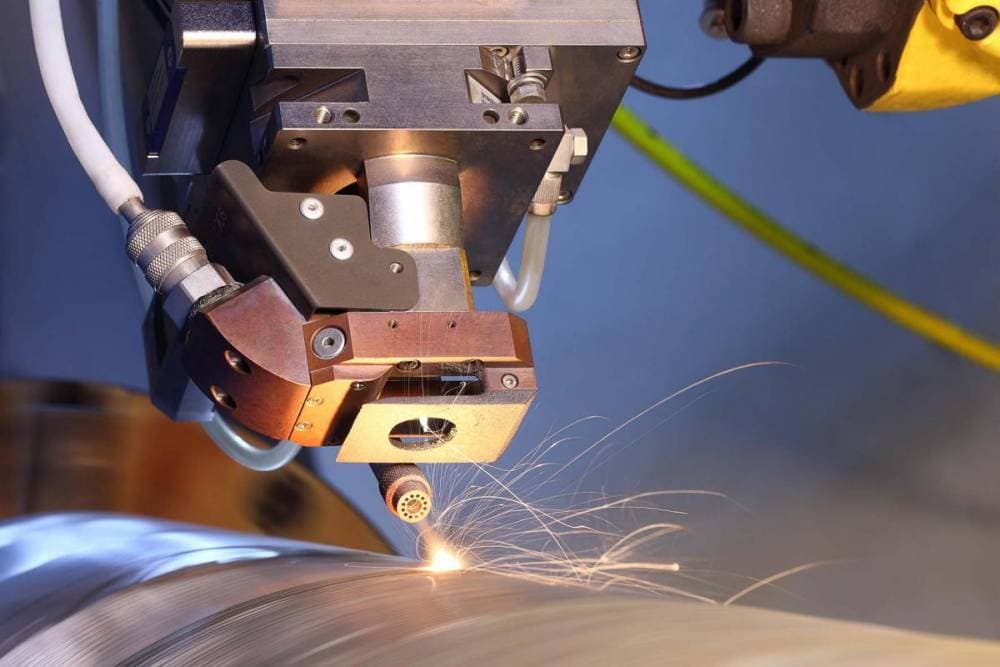 Contributes to the Upkeep of the Arc Because the coating flux is composed of arc stabilizing elements such as titanium and potassium compounds, calcium carbonate, and other similar substances, the coated electrode is able to contribute to the preservation of the electric arc. Providing Protection against Oxidation for the Molten Metal The gases that are generated surrounding the arc shield the metal being welded from oxidation caused by the oxygen in the air while also nitrifying the impact that nitrogen has on the atmosphere. As a direct result of this, we end up with a ductile weld of poor quality. High Welding Currents May Be Obtained Through It In comparison to the bare electrode, the coated electrode can withstand larger welding currents without being damaged. Because the flux forms a coating on the electrode, the electrode is insulated at its outer cover; as a result, this electrode can be utilized at greater welding currents without getting so hot that it becomes red. Protects the Material from Being Scattered The spattering of metal during the welding process can be avoided by employing a covered electrode during the welding process. Welding in the Horizontal and Vertical Planes Is Simple Welding at overhead and vertical settings are made much simpler by the use of coated electrodes. Because the slag produced by the flux is quick to freeze with the coated electrode, and because the instantaneous solidification of the slag prevents the liquid metal from dropping down on the operator or the earth, this is the reason. The Weld Does Not Experience a Sharp Drop in Temperature The quick cooling of the weld can be avoided thanks to the basic salts of magnesium, silicon, and calcium that are contained inside the covering slag that floats on the surface of the metal. As a consequence, it stops the welds from becoming brittle over time.
Contributes to the Upkeep of the Arc Because the coating flux is composed of arc stabilizing elements such as titanium and potassium compounds, calcium carbonate, and other similar substances, the coated electrode is able to contribute to the preservation of the electric arc. Providing Protection against Oxidation for the Molten Metal The gases that are generated surrounding the arc shield the metal being welded from oxidation caused by the oxygen in the air while also nitrifying the impact that nitrogen has on the atmosphere. As a direct result of this, we end up with a ductile weld of poor quality. High Welding Currents May Be Obtained Through It In comparison to the bare electrode, the coated electrode can withstand larger welding currents without being damaged. Because the flux forms a coating on the electrode, the electrode is insulated at its outer cover; as a result, this electrode can be utilized at greater welding currents without getting so hot that it becomes red. Protects the Material from Being Scattered The spattering of metal during the welding process can be avoided by employing a covered electrode during the welding process. Welding in the Horizontal and Vertical Planes Is Simple Welding at overhead and vertical settings are made much simpler by the use of coated electrodes. Because the slag produced by the flux is quick to freeze with the coated electrode, and because the instantaneous solidification of the slag prevents the liquid metal from dropping down on the operator or the earth, this is the reason. The Weld Does Not Experience a Sharp Drop in Temperature The quick cooling of the weld can be avoided thanks to the basic salts of magnesium, silicon, and calcium that are contained inside the covering slag that floats on the surface of the metal. As a consequence, it stops the welds from becoming brittle over time. 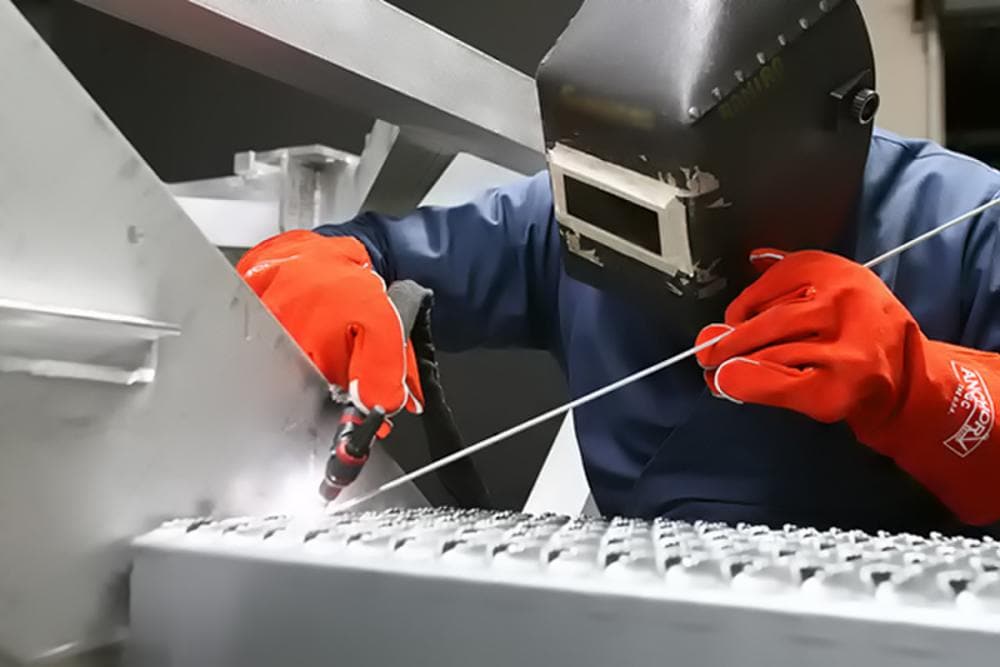
Coated welding electrodes
Welders use coated rods and electrodes very much in the welding industry. The electrode coating is covered with a relatively high-quality coating, which is applied in a layer 1-3 mm thick. The mass of such a coating is from 15 to 30% of the mass of the electrode. Welding is best done with cover electrodes. This limits the process by slowing down manual operations. The shielded arc process can then be carried out continuously and automatically. The main purpose of the light coating is to increase the stability of the arc; the coating is also known as an ionizing coating. Since the electrode coating is fragile, only straight shaft electrodes can be used. Work with electrode coatings features:
- Improving arc stability by ionizing the arc path and providing certain chemicals that have this ability.
- Provide a protective atmosphere to prevent the absorption of oxygen, hydrogen, and nitrogen by the molten metal.
- Protective slag on hot metal
- Provide flux to remove oxides and other contaminants from molten metals.
- Less spatter – when the coating burns slower than the core.
- Acts as a deoxidizer
- Slow down the cooling rate of the weld (due to the protective layer of slag) to prevent solidification.
- Coatings are usually electrical insulators, preventing electrodes from being used in narrow grooves, etc.
Classification of electrode coating: Standards for the classification of welding products distinguish between different types of cover electrodes depending on the type of coating. An electrode coating always consists of several components with different functions. They are:
- Minerals
Mineral products that affect melting properties help protect droplets from the environment. Under the heat of the arc, the weld pool decomposes into gaseous emissions and forms slag. Physical and chemical properties have a great influence on the performance characteristics of electrodes. 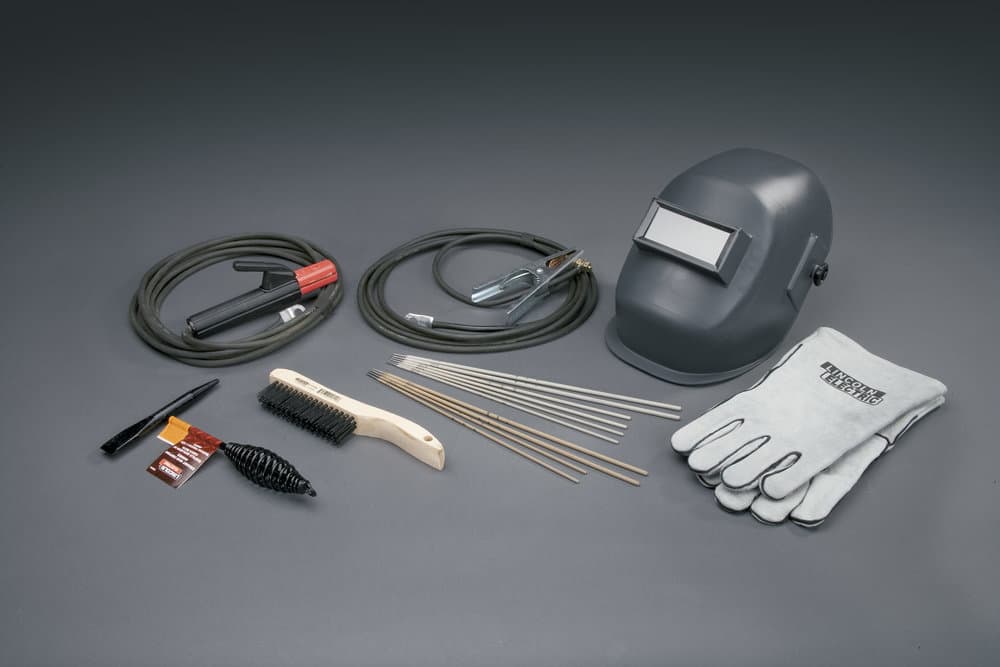
- Metal
Metal products are obtained by melting the electrode core by combining with metal. This allows you to adjust the analysis of the weld metal according to the properties of the steel used in the weld.
- Organic matter
A small amount of organic matter is added to the base coat as an extrusion agent. When these electrodes are heated to high temperatures, they are destroyed. They are present in very high concentrations in low-temperature baked electrodes (cellulose, rutile, etc.). Hydrogen is released during the decomposition of these products in the arc. The released hydrogen has a beneficial effect on the performance properties of the weld.
- Binder
Binders that make it possible to obtain a durable coating that adheres to a metal core. They usually consist of simple or complex sodium, potassium or lithium silicates. 4 main types of welding electrode coatings: In industry, the following 4 main types of welding electrode coatings are most commonly used. they are:
- Rutile coating
- Base coat or low H2 coating
- Cellulosic coating
- Iron oxide coating
Rutile-type electrodes offer the best performance: very good arc stability, metal transfer in fine droplets which generally results in less spatter and smoke than the original electrode, very good bead wetting and freezing. Very easy restart. However, this slag affects the content of residual elements in the naturally deposited metal. Usually undesirable elements in terms of optimizing mechanical properties are:
- Oxygen
The oxygen content of the weld metal may vary depending on the type and amount of deoxidizing elements present in the coating. The oxygen level cannot be reduced to the level that can be achieved with the main electrode. This results in very significant material inclusion and hence low plastic fracture energy during impact testing. 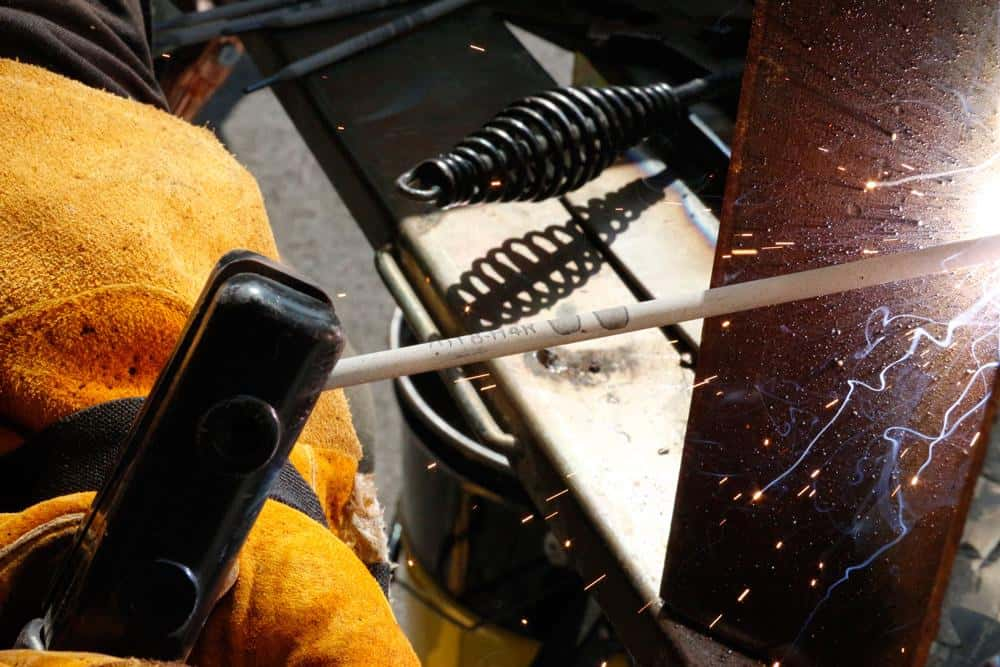
- Titanium
The amount of titanium that was deposited into the metal couldn’t be changed, despite our best efforts, so that the mechanical qualities can be optimized. As a matter of fact, due to the fact that the slag is predominantly made up of rutile components (titanium oxide, TiO2), a certain amount of titanium will invariably be transmitted to the metal that is deposited. In light of the oxidation-reduction reactions and the metal-slag exchanges that take place in the arc and at its contact with the weld pool, it may be stated that. These reactions are dependent on the presence of all of the chemical elements, which need to be balanced according to the various mechanical characteristics that the weld needs to meet (tensile strength, yield strength). The type of steel that needs to be welded also plays a role in these balance considerations.
- Niobium and Vanadium, in particular
It is not possible to reduce the amount of niobium and vanadium contained in the deposited metal below a particular threshold. Because these components can be found in trace amounts in the natural rutiles that are used in the production of welding products, they are referred to as impurities. It is possible to employ synthetic rutiles, which have the advantage of being extremely pure, but this practice is not particularly frequent. Because its price is substantially higher than that of natural rutiles, which it cannot compete with.
- Diffusible Hydrogen
Welds produced with rutile electrodes always have a very high concentration of diffusible hydrogen in their composition. In most cases, this is the result of the presence of organic elements that were added in order to increase the properties of the arc and to make extrusion easier. However, it is also a result of low baking temperatures, which makes it feasible to get rid of just a tiny proportion of the water that was integrated with the silicate, and it does not break up the extrusion agents in the process. Therefore, rutile electrodes are prized for their user-friendliness as well as their ability to produce a weld bead. On the other hand, basic electrodes are required whenever the joints that are going to be formed need to fulfill stringent metallurgical quality criteria. Electrode coating that is either basic or low in hydrogen. Calcium carbonates and fluorite are the two components that make up the basic electrode coating. These coated electrodes are required to have mechanical properties that are compatible with those of the steels that they are meant to weld (tensile, impact strength, CTOD, creep, etc.). 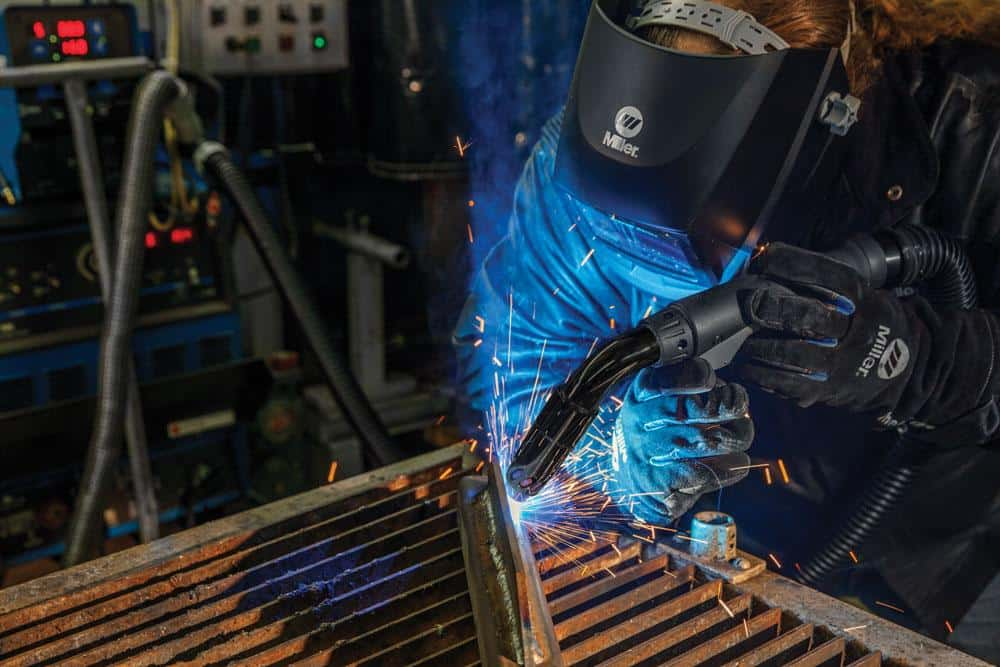 There are a great number of analytical combinations that can be used to get the desired tensile properties in the metal that has been deposited; however, there are a considerably smaller number of solutions that can achieve both the desired tensile and toughness qualities. In addition, the chemical equilibrium that is maintained for an electrode needs to be as robust as is humanly possible. This means that it needs to be able to fulfill all of the requirements despite the inherent variations that are present in any industrial production, and it needs to be able to do so in a wide variety of welding conditions (thermal cycles). Our brand caters to the demand for consumable welding fluxes and wires by manufacturing all types of welding wires, welding fluxes, and pilot arcs. We are now working to meet the needs of various types of wire and welding flux and downstream enrichment and production of other types of welding wire, welding flux, and other consumables for the welding industry with plans to expand the factory and number of our customers. Trying to do as much as possible.
There are a great number of analytical combinations that can be used to get the desired tensile properties in the metal that has been deposited; however, there are a considerably smaller number of solutions that can achieve both the desired tensile and toughness qualities. In addition, the chemical equilibrium that is maintained for an electrode needs to be as robust as is humanly possible. This means that it needs to be able to fulfill all of the requirements despite the inherent variations that are present in any industrial production, and it needs to be able to do so in a wide variety of welding conditions (thermal cycles). Our brand caters to the demand for consumable welding fluxes and wires by manufacturing all types of welding wires, welding fluxes, and pilot arcs. We are now working to meet the needs of various types of wire and welding flux and downstream enrichment and production of other types of welding wire, welding flux, and other consumables for the welding industry with plans to expand the factory and number of our customers. Trying to do as much as possible.
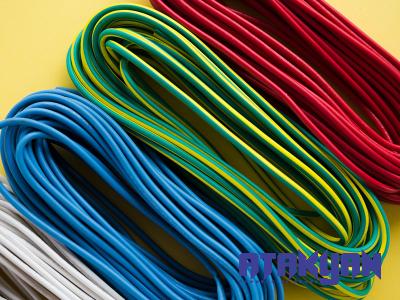


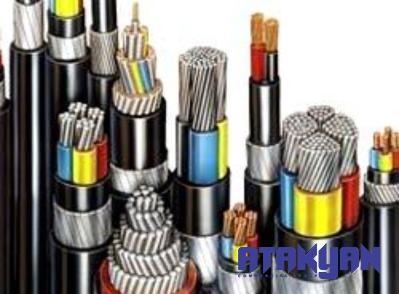
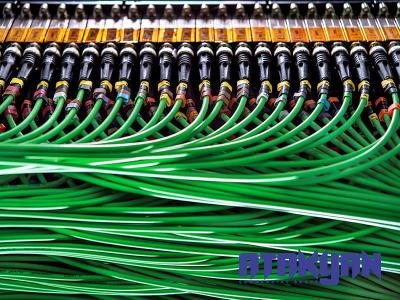

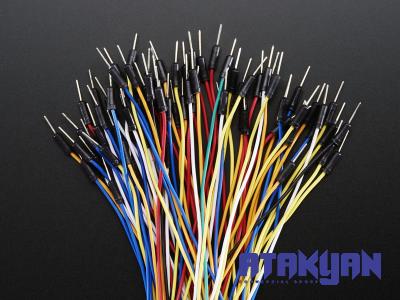

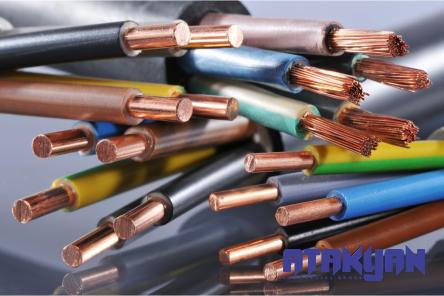
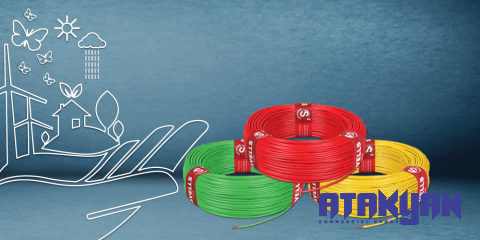
Your comment submitted.